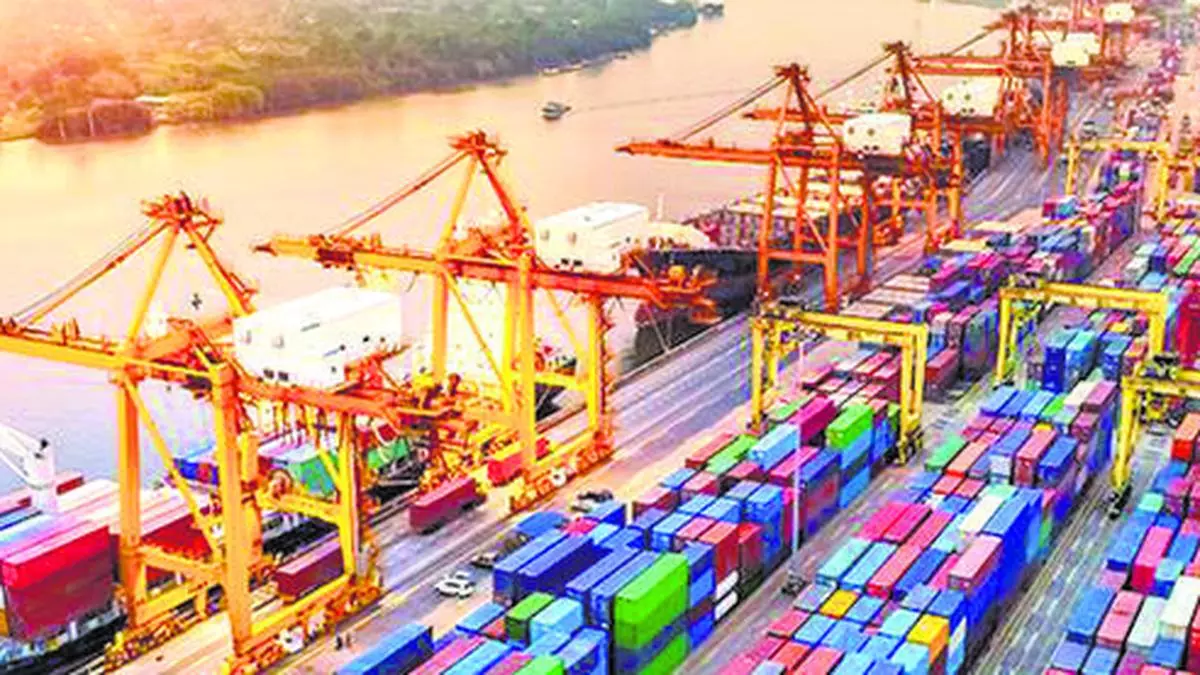India suspends tariffs on Australian chickpeas, grains
Australian desi chickpea prices rose sharply after India suspended tariffs on imports, opening the door to a revival of a trade once worth hundreds of millions of dollars.
Higher prices and increased demand from India will encourage farmers to plant more chickpeas in the coming months, said industry body Grains Australia.
India, the world’s biggest chickpea consumer, on May 4 suspended tariffs until March 31 next year following a poor local harvest. Australia, the largest exporter of chickpeas, is in pole position to benefit.
“Australian exporters will be immediately positioning product for Indian ports,” said Peter Wilson, chair of Grain Australia’s pulse council.
With the sowing season just getting underway in Australia, “this will guarantee that a bit more is planted,” Wilson said.
Australian desi chickpea prices rose from around A$810 ($535) a ton in February to more than A$900 last week in anticipation of the tariff decision. After the announcement, prices were around A$1,150 a ton, a trader said.
Australia has exported on average 6,00,000 tons of chickpeas worth around $325 million a year in the last five years, its trade data show. Wilson said around 90 per cent of these were desi, which are smaller and usually darker coloured than the white kabuli variety from which hummus is made.
Also read: India lifts export ban on onion, puts $550/tonne minimum export price
India imposed 33 per cent tariffs on desi chickpeas in 2017 to support local farmers, later increasing them to 66 per cent.
Around 60 per cent of Australia’s chickpea exports went to India—accounting for as much as 90 per cent of India’s chickpea imports – before the tariffs all but ended the trade.
Wilson said competition for Australian chickpeas would now increase and it was possible that India could once again take 60 per cent of the market during the year of the tariff suspension.
The other main markets for Australian chickpeas are Pakistan and Bangladesh.
